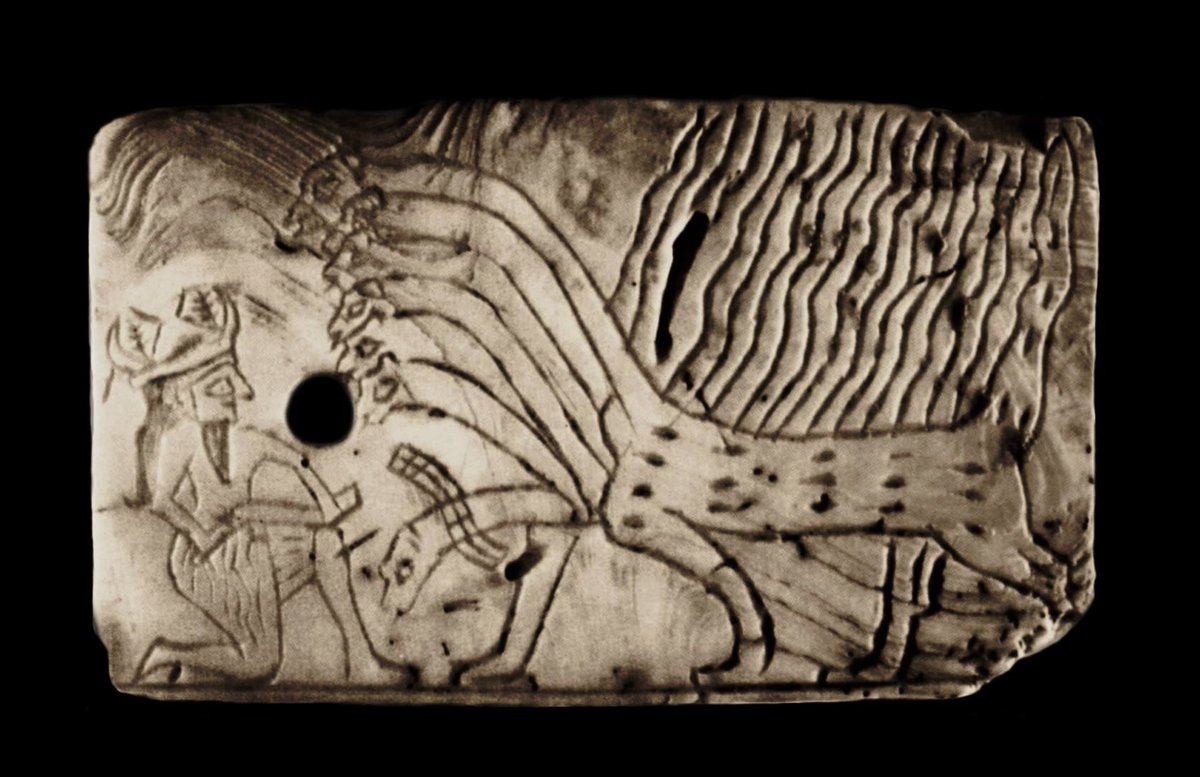
Thread: Rock carvings, dated to the 2nd mill. BC from Parco di Seradina-Bedolina (parcoseradinabedolina.it/indexe.html), located near Capo di Ponte is an Italian comune in Val Camonica, province of Brescia, in Lombardy.
1. Hunting
1. Hunting

Really cool stuff...
• • •
Missing some Tweet in this thread? You can try to
force a refresh















